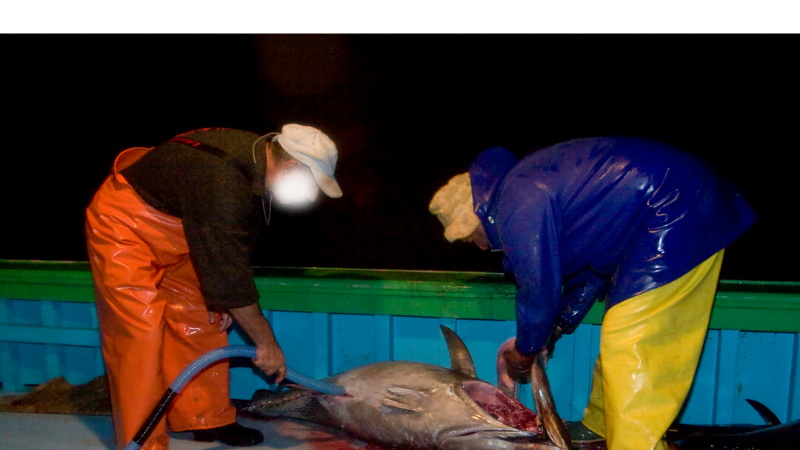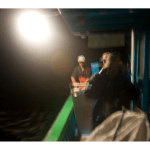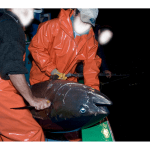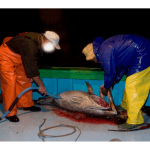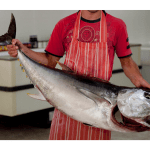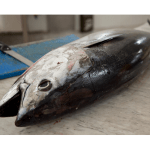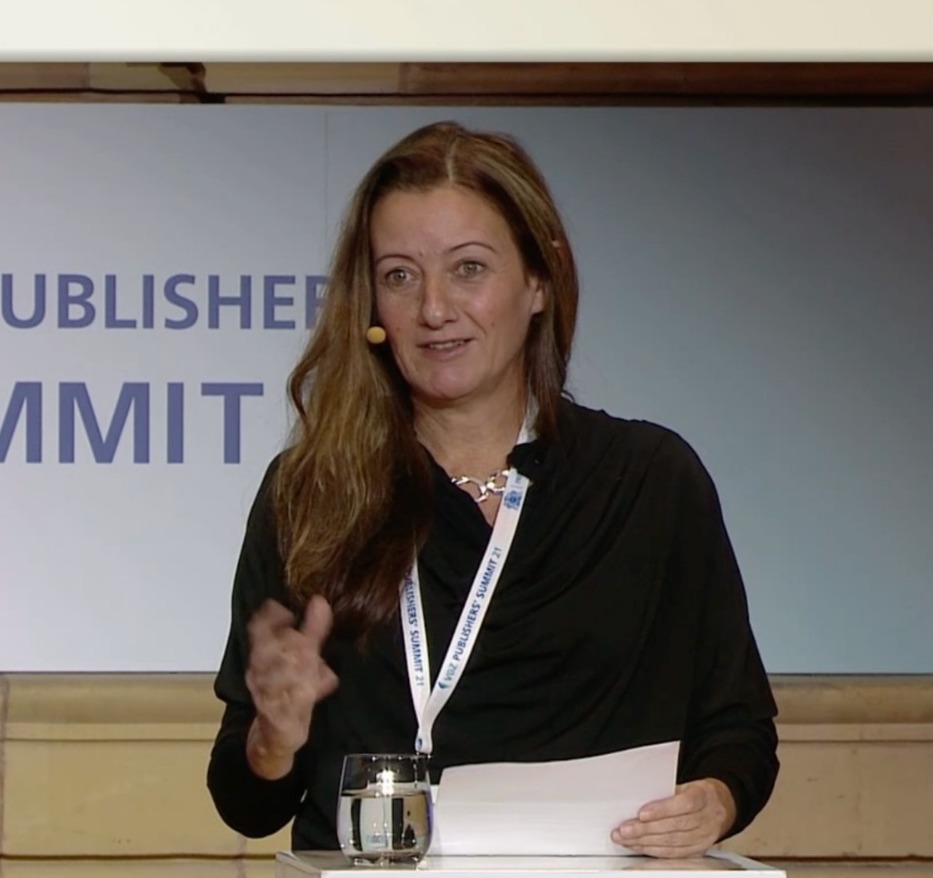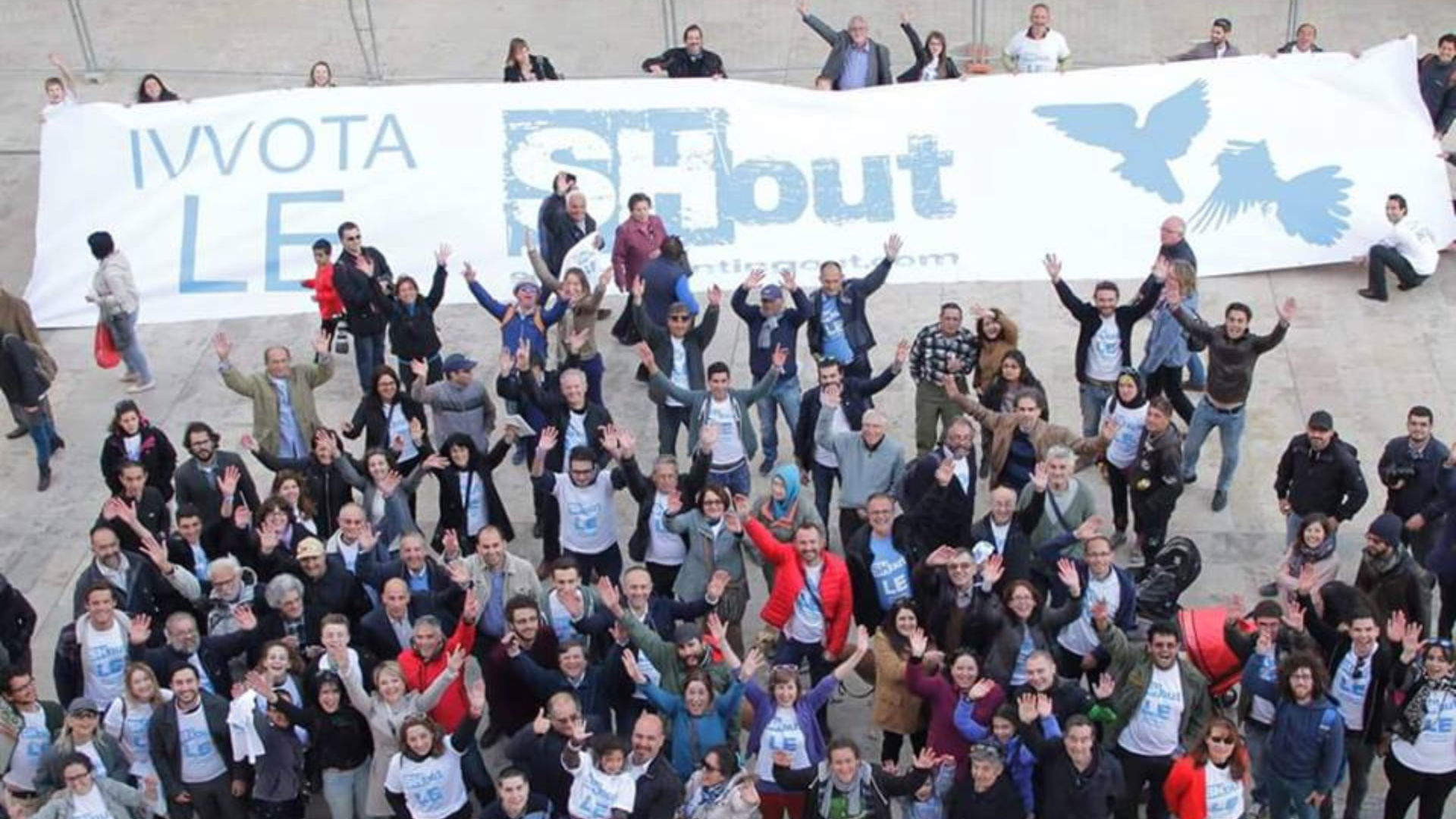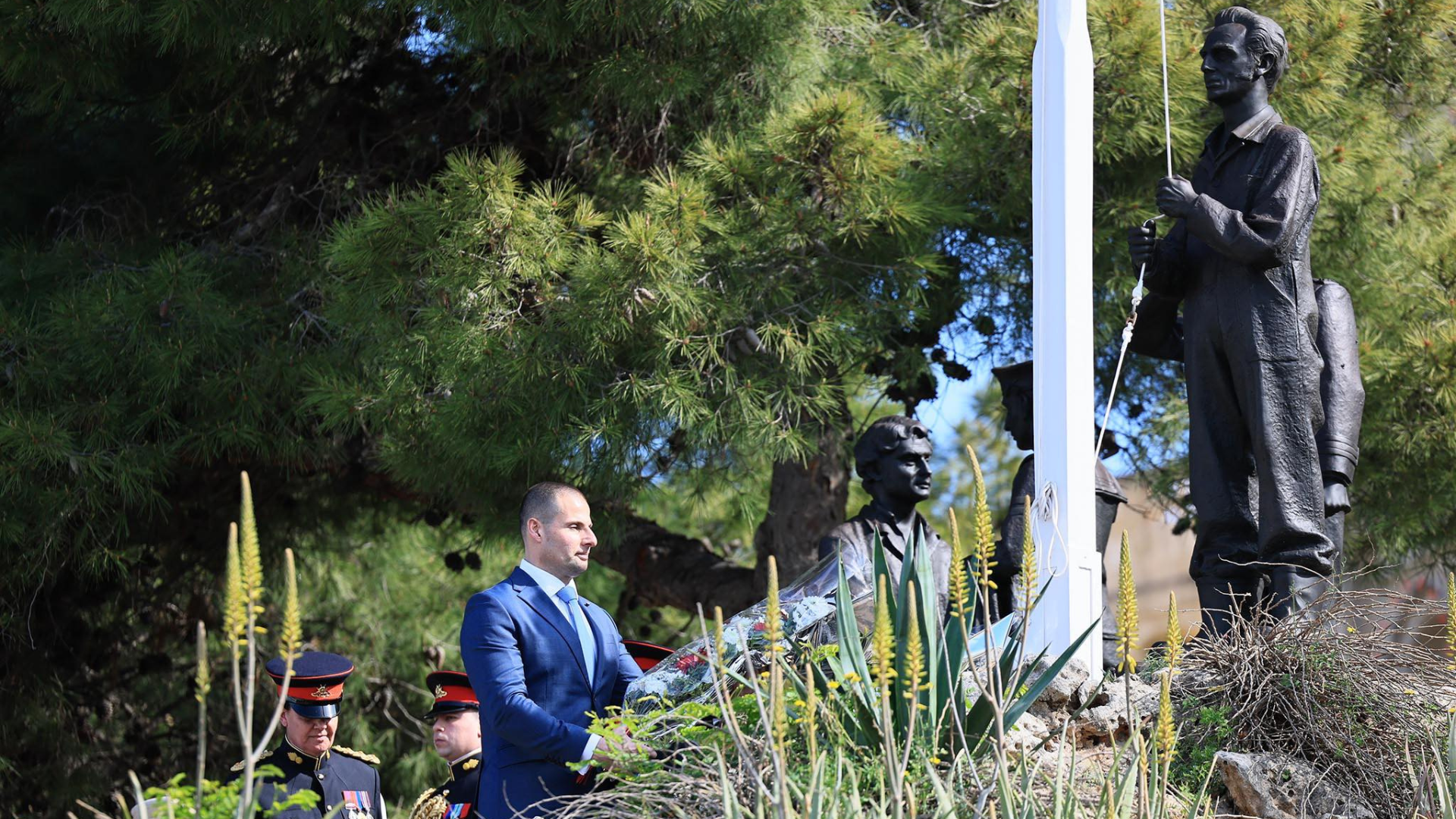Rife illegal fishing of stray wild tuna that lurk around tuna ranching operations some six kilometres off Marsascala’s shore, at the reef known as Is-Sikka Tan-Nofs, may account for the illegal catch of thousands of tuna annually, according to sources who spoke to The Shift.
A senior source in the fishing industry who spoke on condition of anonymity said that the illegal catch may amount to thousands of Bluefin tuna yearly. Typical tuna caught in Maltese waters weighs over a hundred kilogrammes; that makes the cumulative weight of such illegal catch amount to tens of thousands of kilogrammes of tuna.
At the peak summer catching season, this causes the price of tuna sourced from fishermen to crash to €3 per kilo.
The Rome-based Alessandro Buzzi, regional manager working on the Bluefin tuna campaign for environmental organisation WWF, told The Shift that he has “information that wild tuna often follow cages as wild catch is towed to the tuna ranches in Malta, and then the wild tuna remain – for some reason – near the ranches.”
He added that this “behaviour might be an enabling factor for illegal catches that were recently disclosed in the region and can reach up to many hundreds or thousands of tuna every year.”
Buzzi is talking about Operation Tarantelo, the Spanish-led investigation that uncovered a smuggling racket of tuna amounting to €12 million annually. According to reportage on the investigation in the Spanish newspaper El Confidencial, one of the chief sources of smuggled tuna was Mare Blu farm, which belongs to Spanish corporation Ricardo Fuentes e Hijos. Another farm, Malta Fish Farming, has also been implicated in Operation Tarantelo. Both farms are situated at Is-Sikka Tan-Nofs.
A senior fisheries official said that the tuna was being smuggled overland in trucks, clearing customs by use of duplicate paperwork. A WWF-commissioned report published last week details the loopholes in regulatory measures that allow fraudulent documentation to cover tuna smuggling operations.
Malta has the largest tuna ranching capacity in the world, with a legal tuna ranching industry that’s worth more than €120 million annually.
File photos shows legal tuna fishing by Maltese longline tuna fishermen in tuna fishing grounds far from Malta.
How tuna ends up at Sikka Tan-Nofs
Shoals of tuna which migrate from the Atlantic Ocean into the central Mediterranean to spawn in late spring are caught in massive purse-seine nets operated mostly by industrial-scale Italian and French fishermen. These are then transferred to carrier cages which are slowly towed to Malta. An unknown proportion of uncaught tuna in the original shoal swim along with the carrier cages, eventually finding themselves astray at Is-Sikka Tan-Nofs, where three of Malta’s five tuna farms are situated.
Marine biologists have confirmed to The Shift the “anecdotal reports” of tuna swimming around cages. This includes scientists involved in the research on tuna for the International Commission for the Conservation of the Atlantic Tuna (ICCAT), which regulates the global industry for tuna. All scientists have said that no scientific studies into this phenomenon have been conducted yet.
ICCAT is currently holding its 26th annual meeting in Palma de Mallorca, Spain.
“It is definitely something to look at when considering the impact of bluefin farming to the ecosystem and behavioural changes,” Buzzi said.
In the annual ICCAT general assembly taking place this week in Mallorca, WWF says in its position paper that “many concerns remain on traceability and control measures which do not ensure full accountability of the catches, especially regarding farms and the trade of live fish.”
The NGO is calling for the setting up of a working group to look into “tuna control and traceability measures”.
A fisherman said that “it’s easier to catch tuna at Is-Sikka Tan-Nofs, where the hungry and stray tuna home in on baited hooks, than further afield in proper tuna spawning seas”.
Industry sources attribute sightings of carcasses or remains of tuna washed ashore in Marsascala last summer to illegally-caught tuna which is gutted and carved up at sea before being spirited ashore.
Illegally-caught tuna has also been increasingly appearing on dining tables in Maltese households this autumn. This tallies with fishermen accounts of tuna encounters in late summer and autumn, at a time when tuna would have usually migrated back to the Atlantic after spawning.
A fisherman said that some fishermen have been getting recreational fishing licences as cover for fishing for stray tuna. A senior source in the recreational fishing community could not corroborate this information. He said he isn’t aware of any increase in the number of licences for recreational fishing.
Tension at Is-Sikka Tan-Nofs
Furore over slime originating from tuna farms and washing up on the northern coast in 2016 saw three of Malta’s tuna farms being relocated further ashore to the reef at Is-Sikka Tan-Nofs, where cages could be anchored to the relatively-shallow seabed.
The reef has always offered good fishing, and detritus (waste) of mackerel that’s fed to the tuna has, in turn, attracted more marine life and made the area better fishing ground for near-shore small-scale fishermen.
Dozens of fishermen fish for a range of species at the reef; these include octopus, mackerel, bogue, and dolphin fish. In winter, when the season for valued john dory peaks, the number of fishermen amounts to around 70, a significant portion of them being part-time or ‘recreational’ fishermen.
It is not known whether these fishermen, or what proportion of them, hook stray tuna.
Coexistence between the tuna farms and the fishermen soured several months ago when the tuna farms began telling fishermen to move away from tuna cages. The reason given was that there had been theft, or attempted theft, of tuna from the floating pens.
Charlon Gouder, CEO of the FMAP, the association that represents four of the tuna farms, wrote in reply to questions sent three months ago that tuna farms have this year “experienced drastic increase of instances related to foul play next to their cages such as cage nets with clean tears and at times injured fish which are still alive”.
At the same time, in answer to queries, the police told The Shift that they had received three reports of thefts of tuna this year, all of them made by tuna farms at Is-Sikka Tan-Nofs.
Gouder also wrote of farms having made “reports [to FMAP] of fish with hooks attached thus leading one to believe that these occurrences are directly related to the stealing of fish”.
Fishermen said that catching tuna with hooks from within the cages would be a strenuous operation involving several individuals and taking some time, particularly in the dark. They were sceptical of such claims by the farms.
Two of the three farms have in recent weeks stopped asking fishermen to maintain distance from the cages, but one of the farms – Malta Fish Farming – has kept a perimeter around the cages by ropes placed several months ago.
An email sent to the director of Malta Fish Farming Giovanni Ellul – in which he was asked why ropes had been placed around the cages, whether that was legal and whether it had anything to do with thefts – remained unanswered.
READ: Malta exposed: A hub for the ‘laundering’ of prized Bluefin tuna worth millions

